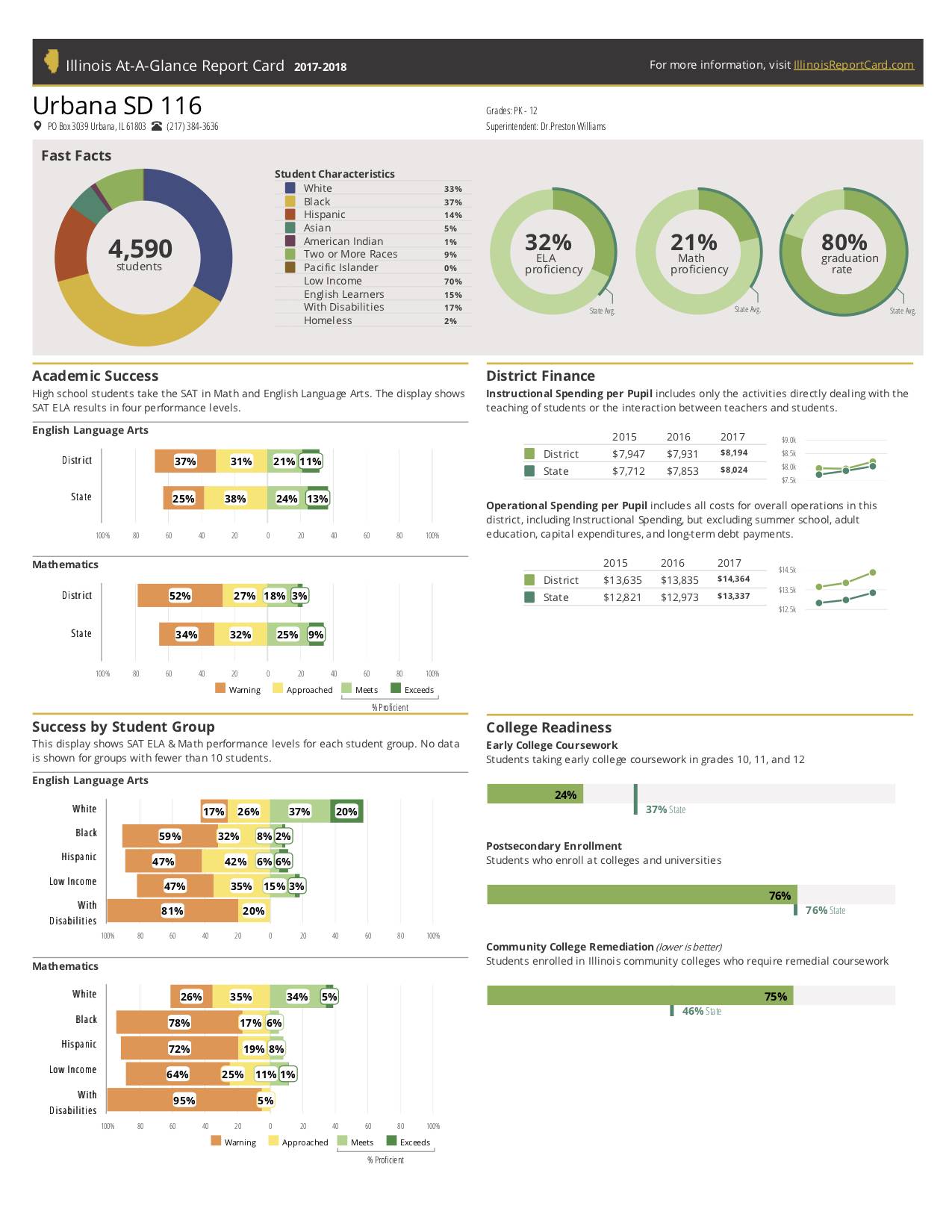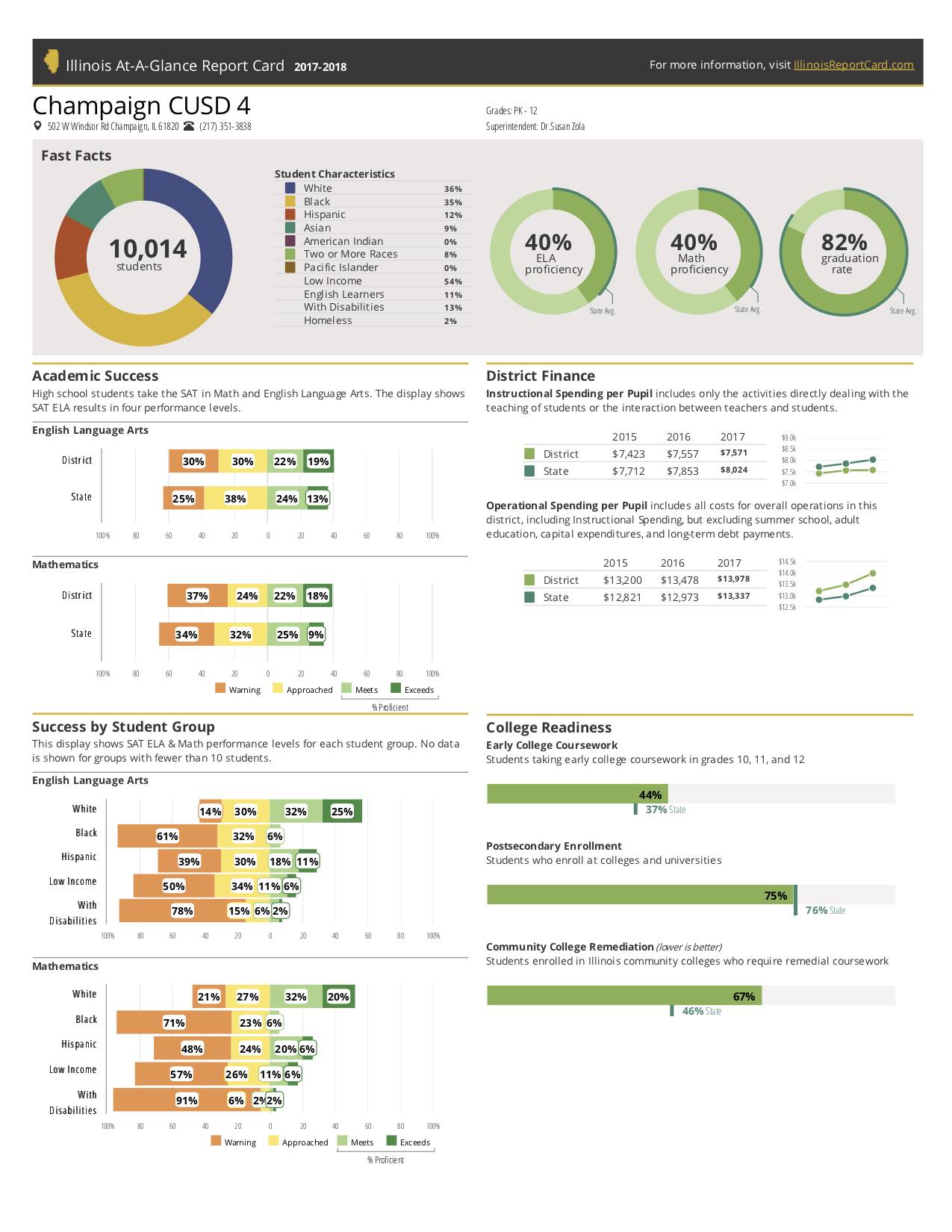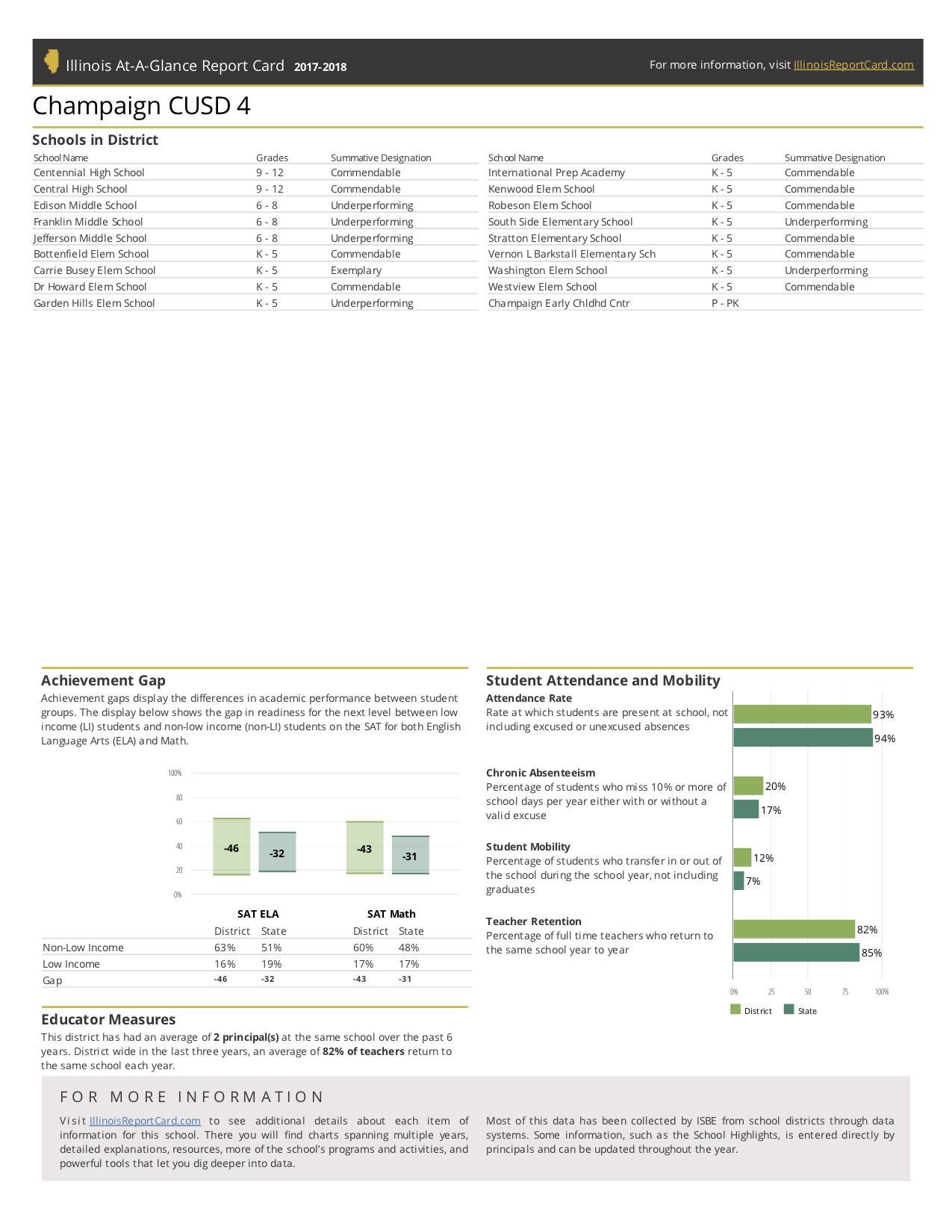As a new parent to public schools in Champaign this year, I am doing all I can to learn about our local schools by attending meetings, volunteering in my child’s school, interacting regularly with her teachers and administrators, and paying close attention to local school developments in the news in addition to my own ongoing research.
As upcoming municipal elections approach, I offer some of the questions I would love to ask school board candidates (and questions that voters should consider) during the upcoming school board candidate forums. There are questions tailored to Champaign Unit 4 and to Urbana Unit 116 candidates. To the candidates: Thank you for your consideration of these questions as you seek this position on the school board.
The Candidate Forum for both school boards is today, February 27th, from 6:45 to 9 p.m. at the Champaign City Council Chambers. (There will be another candidate forum tomorrow, February 28th from 6 to 9 p.m. That forum will feature candidates for Champaign city council, mayor, and Champaign and Urbana Park Districts.)
Here’s the schedule, per the Facebook event:
February 27, 2019 – Champaign City Council Chambers (102 N Neil St, Champaign)
6:45 – 7:15 Urbana School Board
Anne Hall and Karen Brown-Tess, Sub-district 4
Paul Poulosky and Felipe Menanteau, Sub-district 67:20 – 8:40 Champaign School Board (nine candidates for four positions)
Jennifer Enoch; Michael Foellmer; Lee McDonald; Elizabeth A. Sotiropoulos; Chris Kloeppel; Amy Armstrong; Kathy Shannon; Sergio Gonzalez; Alicia R. Robinson8:40 – 9:10 Parkland Community College Board (three candidates for two positions)
Bianca Green; Douglas Jones; Jonathan Westfield
There is an another Champaign Unit 4 school board candidate forum on Wednesday, March 6th from 6:30 to 8:30 p.m. at the Champaign Public Library. Additional information is available here.
Urbana School Board Candidates
1. Despite the fact that Asian students represent 5% of the District 116, why aren’t Asian student test scores represented on the View-At-A-Glance document in section entitled “Success By Student Groups”?


2. Based on the Urbana 116 District snapshot documents for 2018 from the Illinois Report Card website, the academic disparities between students are quite stark.
In the area of achieving proficiency in SAT English Language Arts:
- African American students: 8%
- Hispanic students: 6%
- White students: 37%
- Asian Students 47%
The numbers are equally stark regarding proficiency in SAT Math:
- African American students: 6%
- Hispanic students: 8%
- Asian Students: 33% (and 20% exceeded proficiency)
- White students: 34%
The PARCC scores also registered broad disparities in proficiency scores.
PARCC ELA Proficiency:
- African American students: 6%
- Hispanic Students: 9%
- White Students: 30% (and 6% exceeded proficiency)
- Asian Students: 45% proficiency in English Language Arts
PARCC MATH Proficiency:
- African American students: 5%
- Hispanic Students: 7%
- White Students: 28% ( and 5% exceeded proficiency)
- Asian Students: 35% Math Proficiency (and 14% exceeding proficiency)
If elected, how will your presence on the board close these startling test score disparities and assist black and Latino students in scoring at levels equal to or beyond the scores of Asian students?
3. Upon perusing the District 116 website, I found no references to the Common Core curriculum. If elected, how then will you improve the resources available for parents and guardians to assist students in achieving greater academic success?
4. Despite the fact that African American students make up 36% of the student population in Urbana schools, according to ProPublica’s Miseducation database, African American students make up 61% of the out of school suspensions and 71% of school expulsions. This means that if you are a black student, you are 3.8 times as likely to be suspended in an Urbana school.
How do you think these suspension and expulsion realities informs a child’s experience in schools on a daily basis? How do you explain this disparity? How will your presence on the board decrease the suspension and expulsion rates for African American students?
Champaign School Board Candidates
1. Despite the fact that Asian students represent 9% of Unit 4, why aren’t Asian student test scores represented on the View-At-A-Glance document in section entitled “Success By Student Groups”?


2. Based on the Champaign Unit 4 snapshot documents from the Illinois Report Card, the academic disparities between students are quite stark:
In the area of achieving proficiency in SAT English Language Arts:
- African American students: 6%
- Hispanic students: 18%
- White students: 32% (and 25% exceeded proficiency)
- Asian Students 23% (and 46% exceeded proficiency)
The numbers are equally stark regarding proficiency in SAT Math:
- African American students: 6%
- Hispanic students: 20% (and 6% exceeded proficiency)
- White students: 32% (and 20% exceeded proficiency)
- Asian Students: 20% (and 61% exceeded proficiency)
The PARCC scores also registered broad disparities in proficiency scores:
PARCC ELA Proficiency:
- African American students: 8%
- Hispanic Students: 18%
- White Students: 39% (and 8% exceeded proficiency)
- Asian Students: 49% (and 18% exceeded proficiency)
PARCC MATH Proficiency
African American Students: 6%
Hispanic Students: 16%
White Students: 39% (and 10% exceeded proficiency)
Asian Students : 44% (and 27% exceeded proficiency)
If elected, how will your presence on the board close these startling test score disparities and assist black and Latino students in scoring at levels equal to or beyond the scores of Asian students?
3. I have recently gone to the Unit 4 website looking at the Common Core information and did not find the video a useful tool to supplement out-of-class instruction. Additionally, I found that all of the Unit 4 and State Board of Education links were broken, or took me to German language Common Core sites.
Does anyone know how long this has been the case? I contacted Unit 4 about my concerns over a week ago and have not received a response nor have the corrections been made.
Furthermore, if elected, how will you improve the Common Core resources available for parents and guardians to assist in students’ academic success?
4. Despite the fact that African American students make up 35% of the student population in Champaign, according to ProPublica’s Miseducation database, African American students make up 70% of the out of school suspensions and 63% of school expulsions. According to these findings, this means that if you are a black student, you are 6.1 times more likely to be suspended in a Champaign school.
How do you think these suspension and expulsion realities informs a child’s experience in schools on a daily basis? How do you explain this disparity? How will your presence on the board decrease the suspension and expulsion rates for African American students?
Where justice is denied, where poverty is enforced, where ignorance prevails, and where any one class is made to feel that society is in an organized conspiracy to oppress, rob, and degrade them, neither persons nor property will be safe.
— Frederick Douglass, speech on the twenty-fourth anniversary of emancipation in Washington. D.C., 1886
Photos by Jessica Hammie








